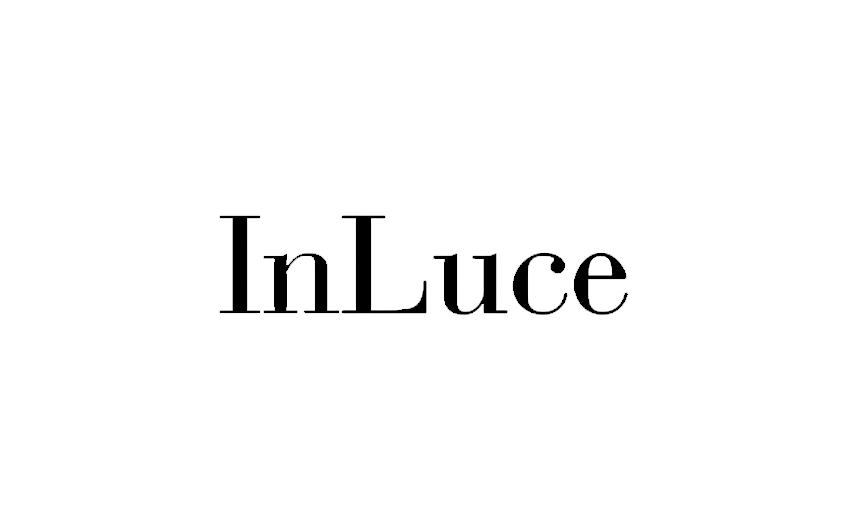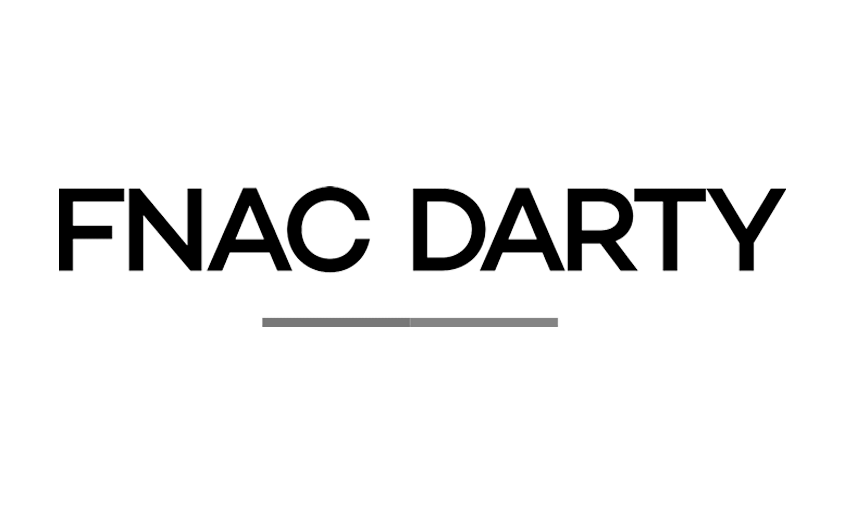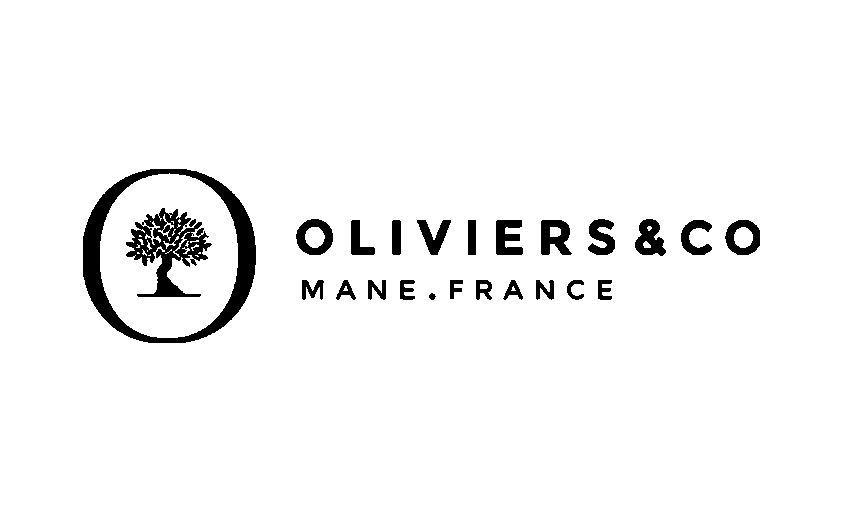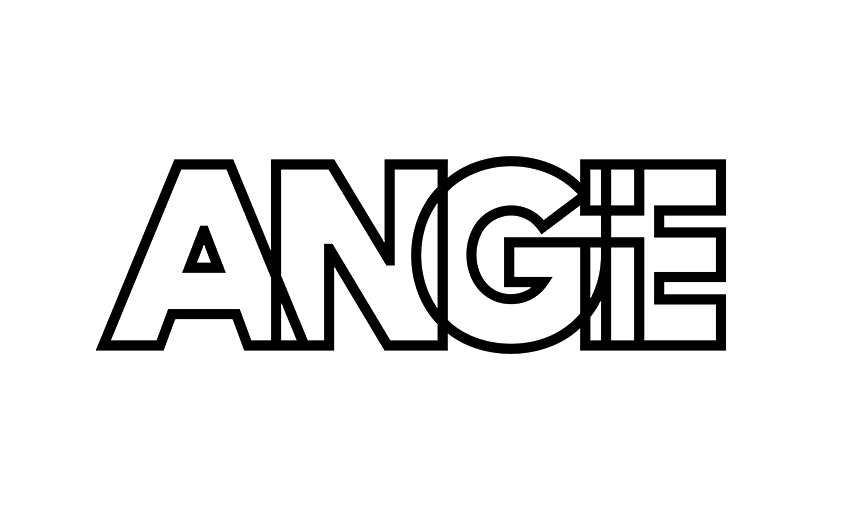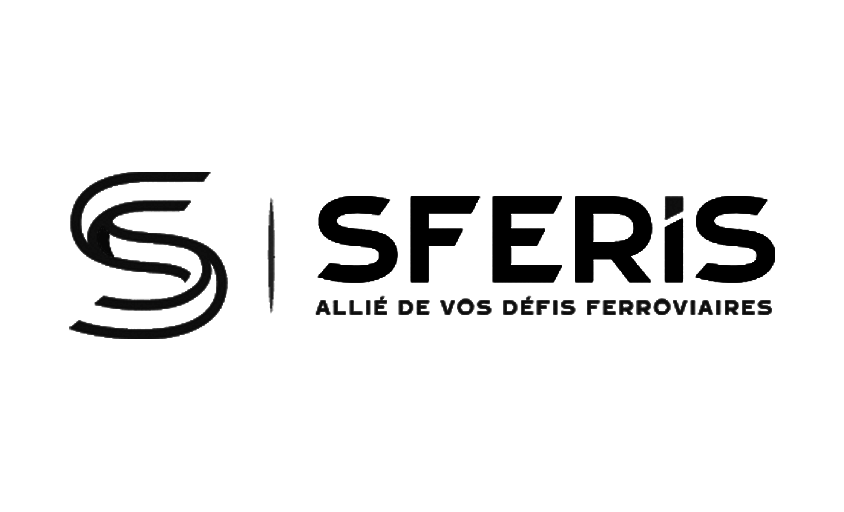Business introducer commission rate: what practice shows
In this article :
At Rétines, our business introducer program is built on a simple equation: one lead = one open door, which translates into a clear and motivating commission. In a context where each introduction can shift the trajectory of our collaborations in corporate or product photography, it is crucial to align interests with solid numerical benchmarks.
Commission Percentage
Benchmarks in France
In France, a business introducer is generally compensated between 5% and 15% of the contract amount excluding VAT. This range is considered a practical average across most B2B sectors (services, consulting, technical solutions). According to Legalstart, this range can vary from 2% to 15%, and can reach up to 30% in exceptional cases where the introducer plays a central role in accessing the client or closing the sale.
In high-margin sectors such as real estate or construction, rates are often higher. HabitatPresto cites a range of 5% to 20% for construction projects, sometimes with fixed amounts exceeding €1,000 for high-value contracts. In event management or public procurement, some contractual practices provide decreasing rates based on volume or additional bonuses to reward consistent contributions.
It is important to note that commissions are governed by a contract and are paid only upon successful completion.
In the Advertising Industry
In advertising and communication, business introductions rely primarily on the quality of the network and the ability to connect an agency or freelancer with marketing decision-makers, brand directors, or purchasing managers. These introductions go beyond a simple contact—they are often contextualized recommendations based on mutual understanding of challenges, creative styles, budget constraints, and deadlines. The introducer’s credibility is key to ensuring a smooth process.
What sets business introductions in advertising apart from other sectors is the relational and cultural dimension of the recommendation. A creative agency is chosen not only based on price or portfolio but for its ability to understand a brand, deliver a tailored solution, and work within a trust-based framework. The introducer becomes a strategic bridge, a filter for relevance. Their value lies as much in the quality of their network as in their ability to match client and service provider effectively.
Commission rates in this sector are typically 10% to 15% of the pre-tax revenue generated by the referred project. These percentages usually apply to the first contract secured through the introducer, without automatic extension to subsequent orders.
In some cases, contracts may include one-off bonuses or hybrid commissions (e.g., a fixed amount + 2% of revenue) to incentivize introductions or secure strategic sectors. This mixed model is less common but valued for balancing immediate recognition with performance-based rewards.
The Basis for Calculating Remuneration
In any formalized collaboration with a business introducer, the question of the calculation basis is just as important as the percentage itself. It determines the exact amount on which the commission will be applied. Without a clear definition, misunderstandings or disputes at the time of payment are a real risk.
The calculation basis can vary depending on the sector, margins, or business model. By default, the commission is often calculated on the pre-tax revenue generated by the referred client, but this is not always the case. It is essential to specify what is included or excluded. Key elements to define include:
- Pre-tax or post-tax amount: The reference should be the pre-tax amount to avoid ambiguity with recoverable taxes.
- Excluded or included expenses: Some contracts deduct external costs (travel, media purchases, subcontracting) from the calculation base.
- Commercial discounts: Specify whether the commission is calculated on the invoiced amount before or after discounts.
- Invoices actually paid: In some cases, the base is calculated on the amounts actually paid by the client, not just issued quotes or invoices.
- Duration: In recurring relationships, it may be agreed that the base applies only to the first order or to sales made over a specific period (e.g., 6 months or 1 year).
It is also possible to move away from a purely linear model by integrating a variable base depending on the type of project, for example, using a different base if the client signs a one-off project versus a framework agreement.
In summary, clearly defining the calculation basis helps avoid misunderstandings and protects the business relationship. This is a point that should always be included in the introducer agreement, alongside the commission rate and payment terms.
Conclusion
At Rétines, we apply these practical benchmarks to build a solid, fair, and motivating introducer program. No ambiguity, no discrepancies—just thoughtful remuneration tailored to each mission, sector, and introducer.
Jérémy Carlo is the editorial director at Rétines, where he ensures the consistency and clarity of all content produced by the studio.
Our Clients
Let’s discuss
What we do for you at Rétines
Meticulous work, an organised project and fast delivery. And to achieve this, we mobilise the right resources in our teams at the right time.
01
Pre-production
Artistic and technical direction tailored to the project.
Relevant recommendations on content, form and resources.
02
Photo Shooting
Photos taken by our experienced photographers.
Production that’s controlled, efficient and tailored to the needs of the project, with nothing superfluous.
03
Retouching
Technique
Photographs magnified by our retouching team.
Post-production to meet the commercial challenges of the brief.

